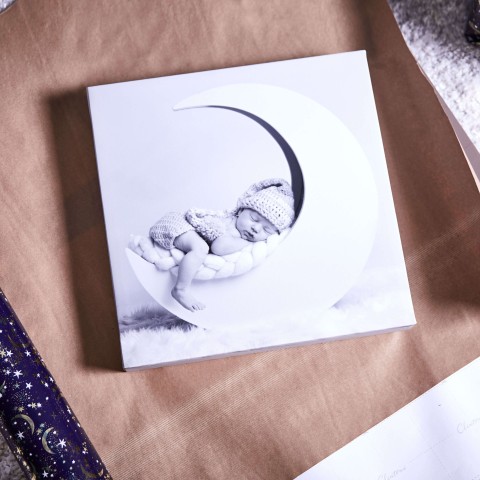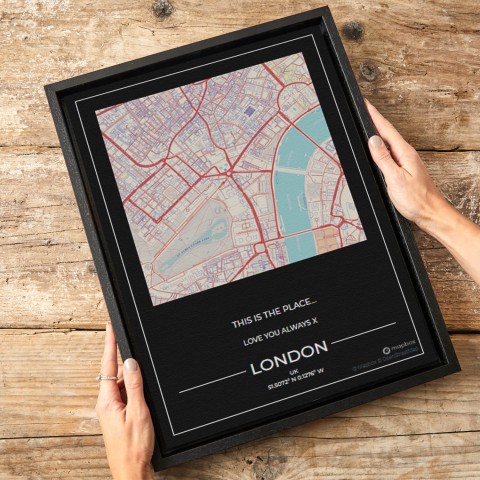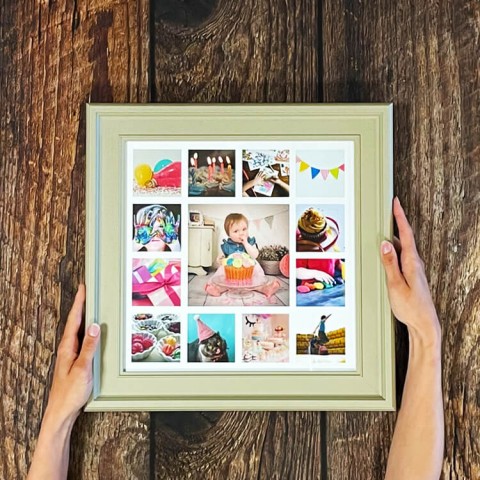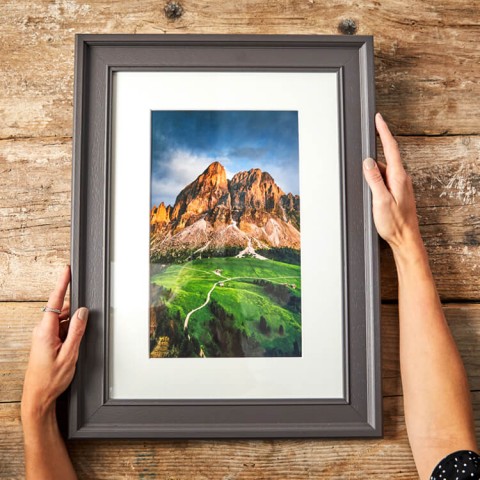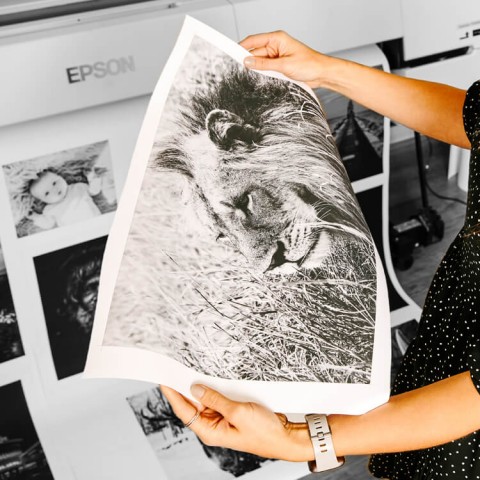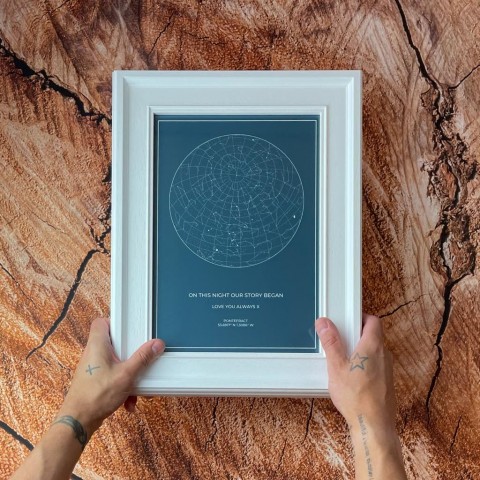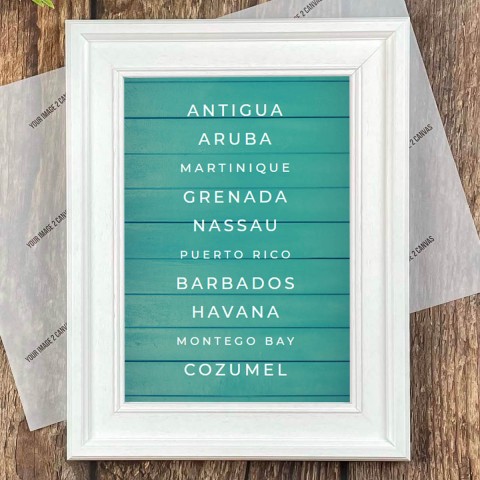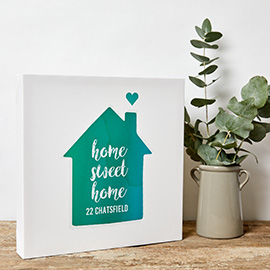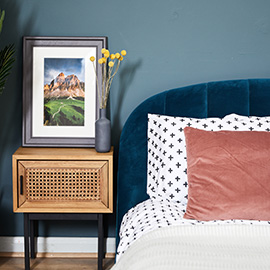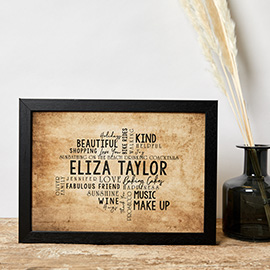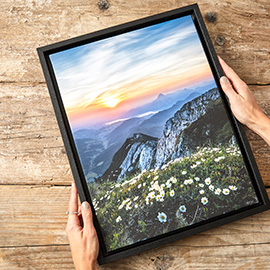The Lowdown on HDR – Part III
HDR photography has a big following; just take a look on Flickr or any other photo hosting site and you'll see it everywhere. In this series of articles, we’re offering a range of great tips for producing quality images worthy of printing on to canvas – rather than garish and overworked monstrosities that look like they've had a fight in a paint factory!
Further examples of when to use HDR
In this series, we’ve already talked about when to employ HDR for the best effect. Like any tool, HDR must be used when its application warrants it. Of course, you can use it anywhere and for almost anything, but the serious photographer will consider it just another tool in the toolbox rather than a plaything ─ not that there's anything at all wrong with having fun with your photography!
In the following image of this beautiful building in York, you can see that a three exposure tone map has been used to produce a final image that allows the shadows to be lifted whilst reducing noise. The layman, and most photographers, would be hard pressed to even recognise HDR had been used. This is a professional use of the method ─ subtle and effective without appearing cartoonish.

This image has been processed with a slightly heavier hand: the primary reason for using HDR in this instance was to enhance the drama in the sky. You can see, however, that noise has crept into the image, which is almost inevitable when being a little stronger with the processing. If, however, noise reduction had been used on the sky, it would have lost much of its 3D effect. It's always a balancing act when processing an image – but with skies, it's better to keep the noise in, because most of it will disappear when printing.
HDR is exciting, but...
There's no getting away from it, HDR's here to stay and it can be a very exciting method. It can enhance an image and bring life to a tired old shot, but, as with everything, it's easy to get carried away. We know that people are often impressed by images that are bold and colourful, but as photographers it's our goal to produce work that stands the test of time, rather than appealing to trends. Next week we'll take a more detailed look at how not to do it, and run through some of the standalone HDR software on the market.
Tags photography, art, canvas print


